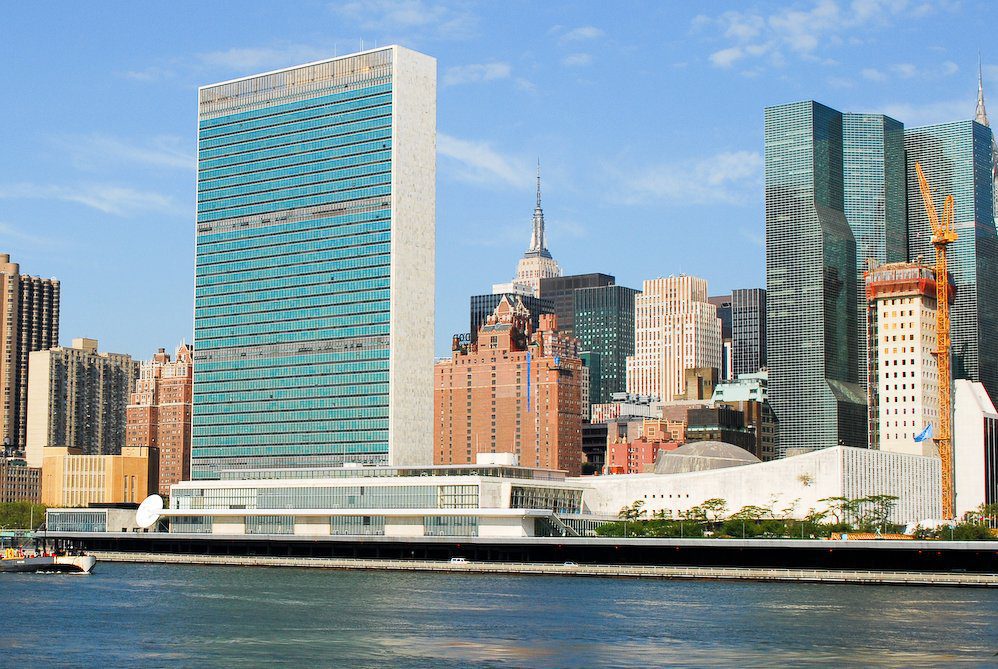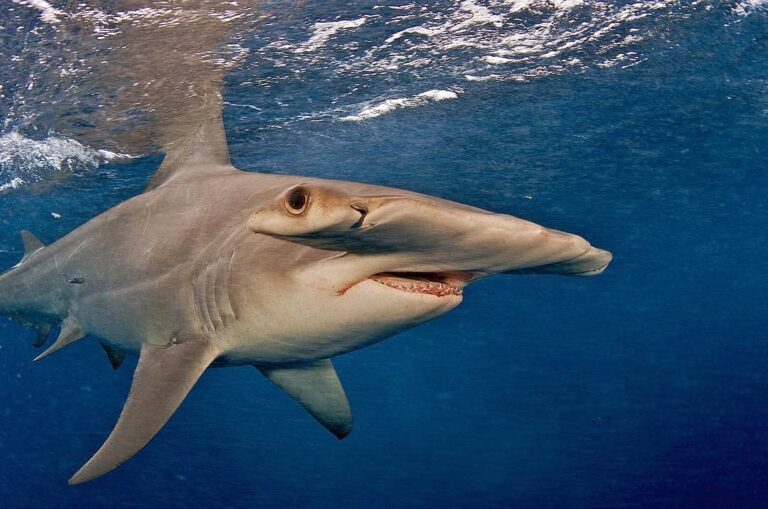Following protracted and heated debate stretching over more than a decade, environmental campaigners have welcomed the emergence of a High Seas Treaty they say is capable of protecting marine life in the international waters that make up some 66% of the world’s oceans.
Also read: First 3 English HPMAs announced
The agreement was reached at the United Nations in New York on 4 March – but it now has to be formally ratified by individual states, a process the conservationists are anxious to see happen as rapidly as possible. At least 40 nations are thought necessary to kickstart the treaty into action.
The High Seas is the largest wildlife habitat on Earth and covers half the planet, but up to now only 1.2% of this vast area has been protected, leaving all nations with minimally limited fishing, shipping and research rights in international waters.
The new treaty is designed to provide a route to establishing by 2030 effective marine protected areas (MPAs) covering 30% of the world’s oceans – this being the minimum level of protection regarded by scientists as vital in securing healthy seas.
By restricting or banning fishing and other intrusive activities such as excavation of mineral resources, MPAs could give the many threatened marine species respite from overfishing, pollution, ship strikes and other risks, and the time they need to recover. Their existence would help to safeguard both migratory species and static populations.
Calling for the UN to conclude the formalities of adoption as soon as possible in a final resumed UN session are the campaigners that make up the High Seas Alliance (HSA). This global partnership consists of more than 40 non-governmental marine-conservation organisations and groups, plus the International Union for the Conservation of Nature (IUCN), fiscally sponsored by the Ocean Foundation.
‘Superhero efforts’
“Following a two-week-long rollercoaster-ride of negotiations and superhero efforts in the last 48 hours, governments reached agreement on key issues that will advance protection and better management of marine biodiversity in the High Seas,” said HSA director Rebecca Hubbard. The treaty would bring ocean governance into the 21st century, strengthening management of the fishing, shipping and other activities that the HSA says have contributed to the decline in ocean health.
The long delay in securing the treaty had come down to two fundamental issues – deciding how it would be fairly and sufficiently funded to be able to implement its provisions, and how benefits from “marine genetic resources” – one example being deep-sea marine creatures that can yield valuable pharmaceuticals – would be shared between developed and developing nations.

“This is a historic day for conservation and a sign that in a divided world, protecting nature and people can triumph over geopolitics,” commented Laura Meller of Greenpeace Nordic.
“We praise countries for seeking compromises, putting aside differences and delivering a treaty that will let us protect the oceans, build our resilience to climate change and safeguard the lives and livelihoods of billions of people.” But she warned against further delay: “The clock is still ticking to deliver 30×30.”
“The High Seas Treaty opens the path for humankind to finally provide protection to marine life across our one ocean,” said Minna Epps of IUCN, the latest assessment of which puts nearly 10% of marine species at risk of extinction.
“Its adoption closes essential gaps in international law and offers a framework for governments to work together to protect global ocean heath, climate resilience, and the socio-economic wellbeing and food security of billions of people.”
‘Game-changer’
OceanCare MD Fabienne McLellan described the treaty as “the game-changer the ocean urgently needs”, while Liz Karan of Pew said that “effective implementation of this landmark treaty is the only pathway to safeguard High Seas biodiversity for generations to come, and provides a pathway for nations to fulfil the 30 by 30 target.”
Andrew Deutz of Nature Conservancy said that if nations could ratify the treaty rapidly and “start mainstreaming ambitions like 30×30” into decision-making “we may yet have a chance to move beyond the damaging status quo and into a new era of nature-positive stewardship for this most critical of ecosystems”.
“This is an historic moment for humanity and for the protection of all living beings in our global ocean,” said Farah Obaidullah of Women4Oceans. “With the climate and global wildlife crises worsening and a reckless new industry of deep-sea mining on the horizon, we cannot afford any delays in putting this treaty into force.”
Also on Divernet: Diver Pressure Helps Reach Shark ‘Turning Point’, Mako Breakthrough: More Good News For Sharks, Life Looks Up For Endangered Turtles, Under Pressure: Divers’ Star Sharks & Rays, Giant Manta First to be Declared Endangered

